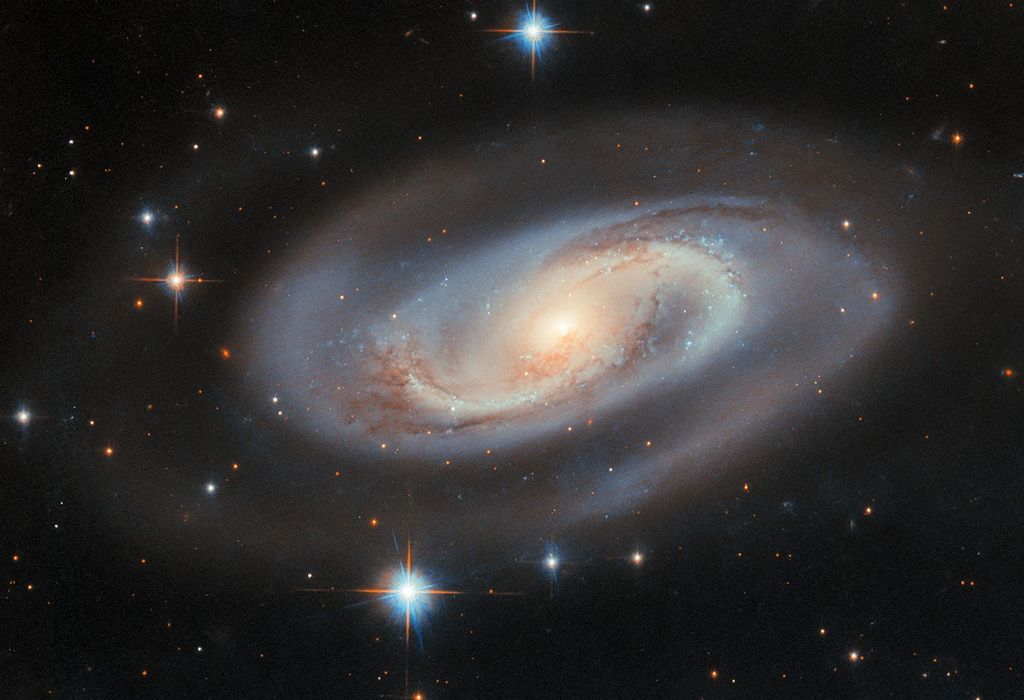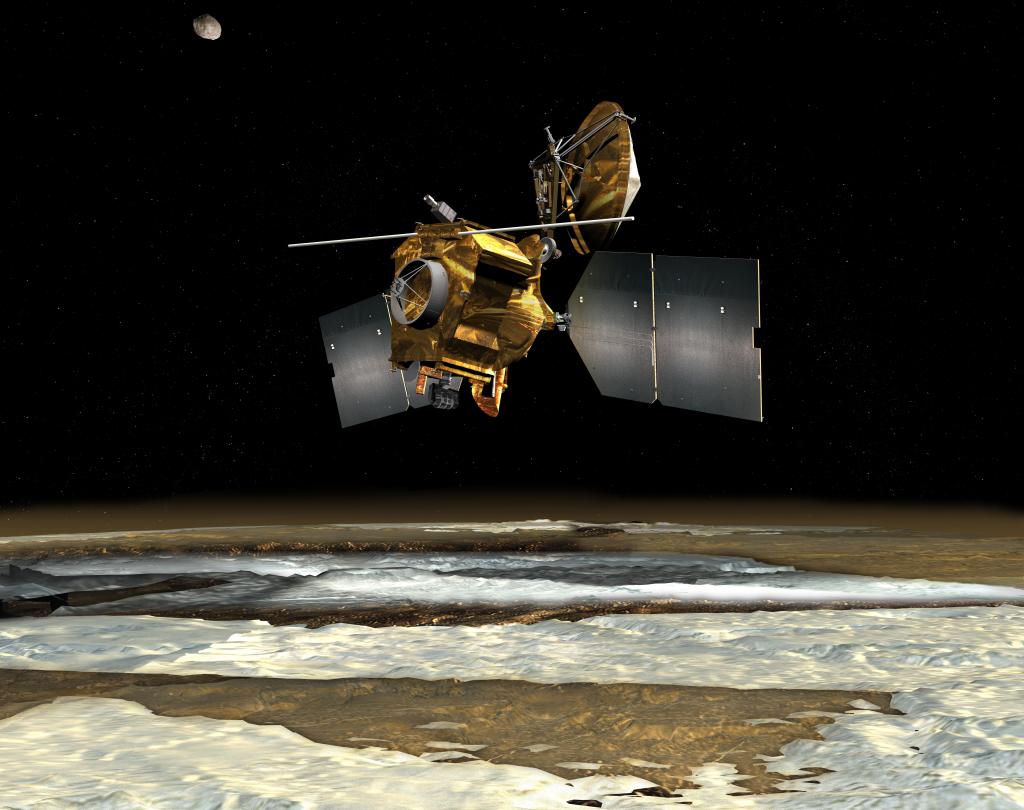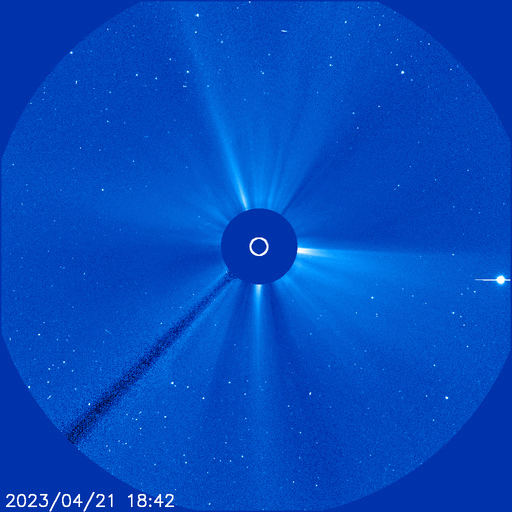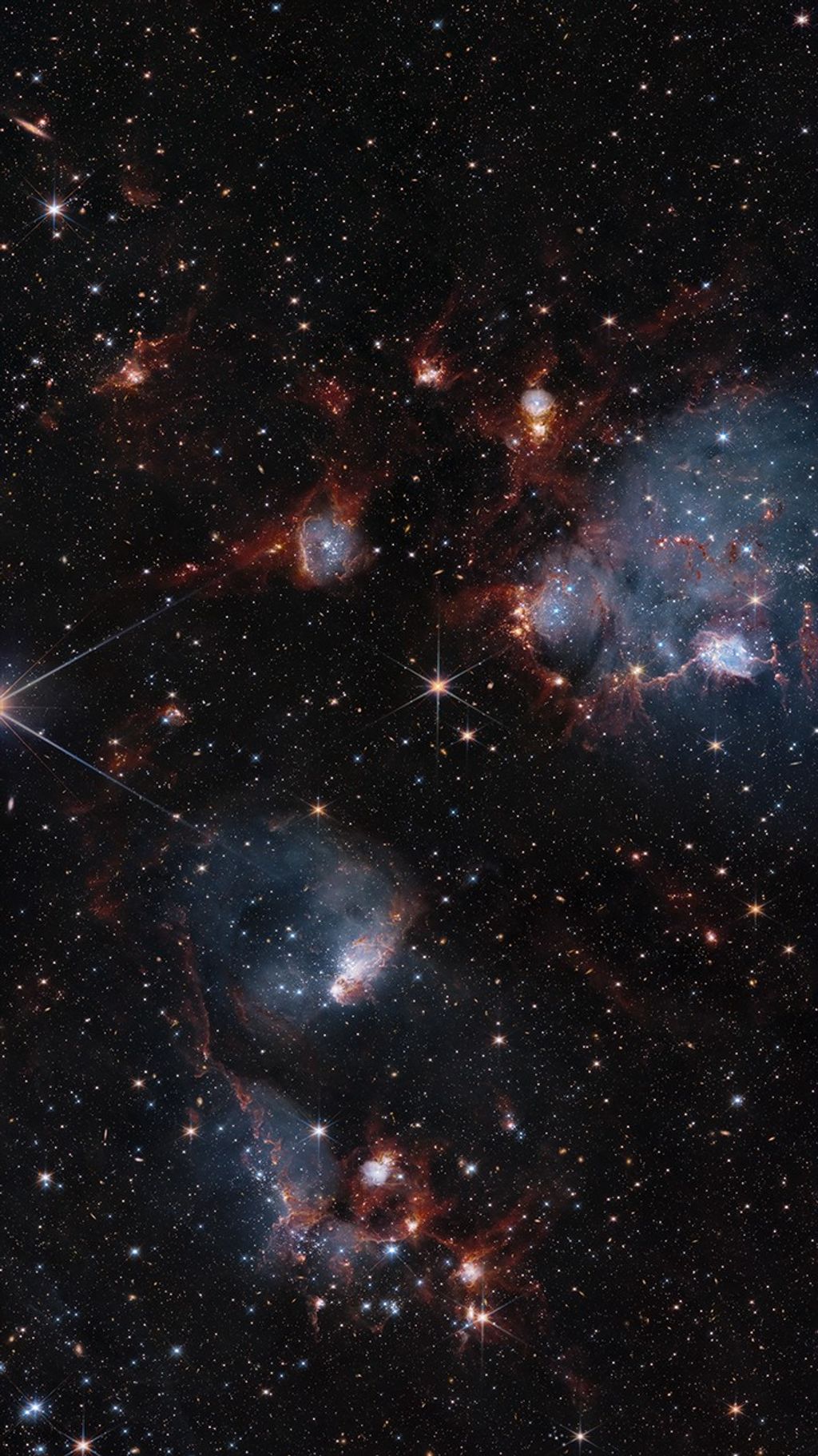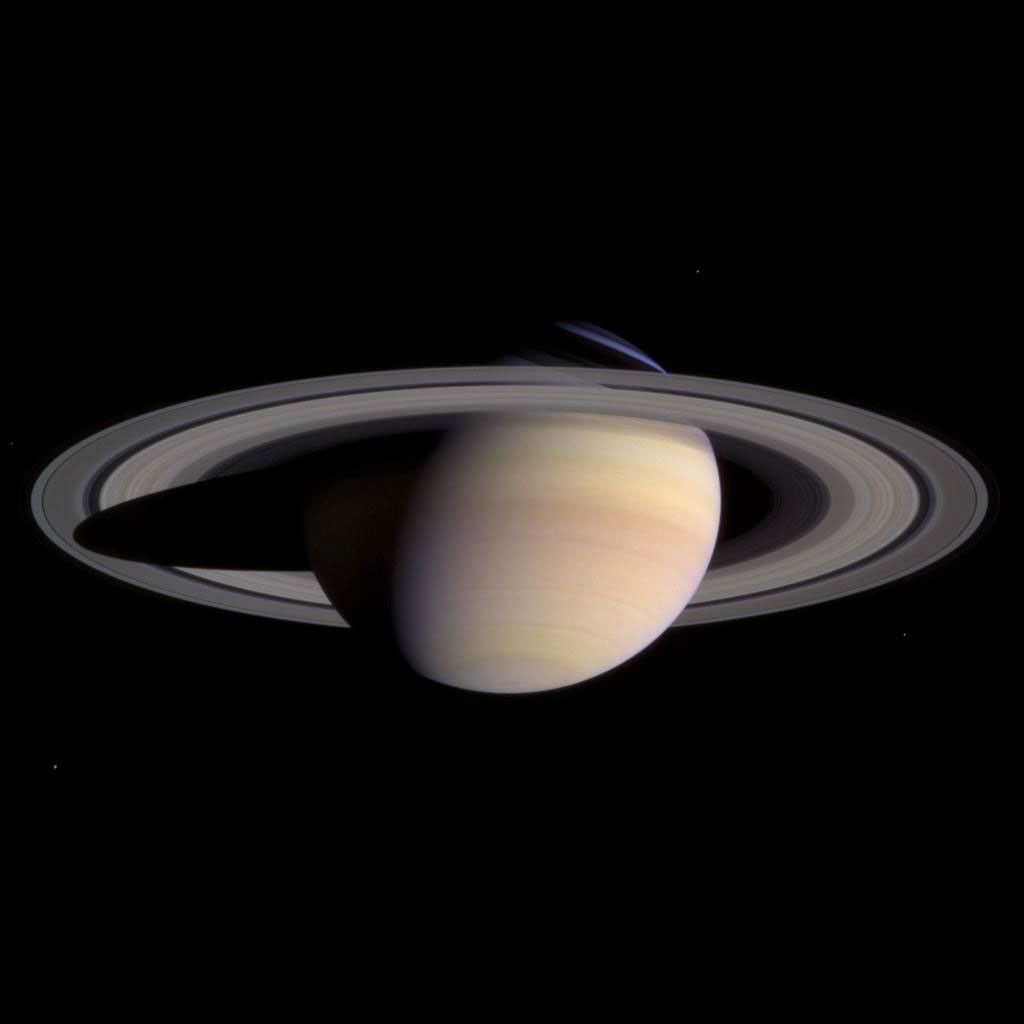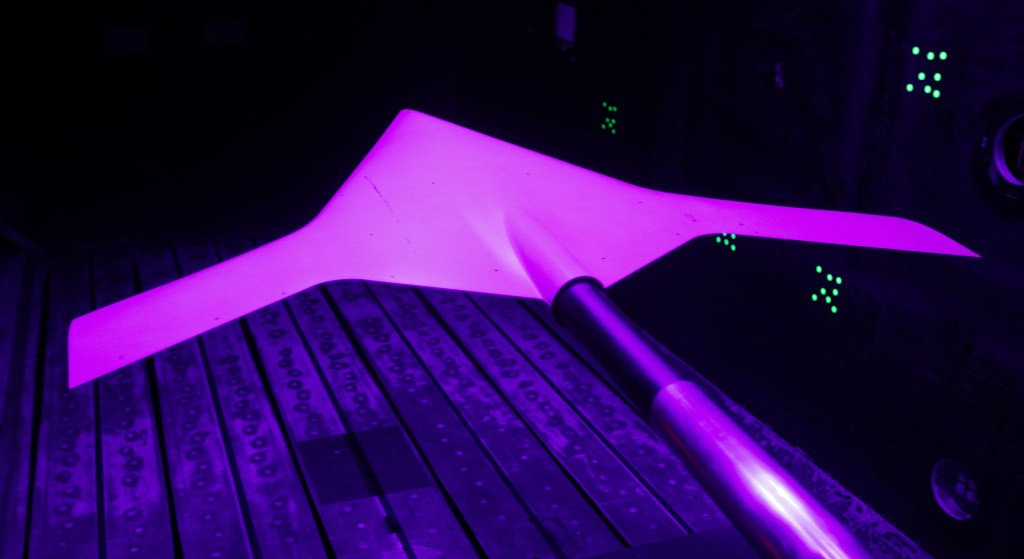Extravehicular Activity (EVA) #53: Today, Nick Hague, as EVA Crewmember (EV)-1, and Christina Koch, as EV-2, performed US EVA #53 (Lithium Ion Battery R&R EVA #2) with a Phased Elapsed Time (PET) of 6 hours 45 minutes. The second of two planned battery replacement EVAs, today’s EVA completed the installation of the new batteries brought …



